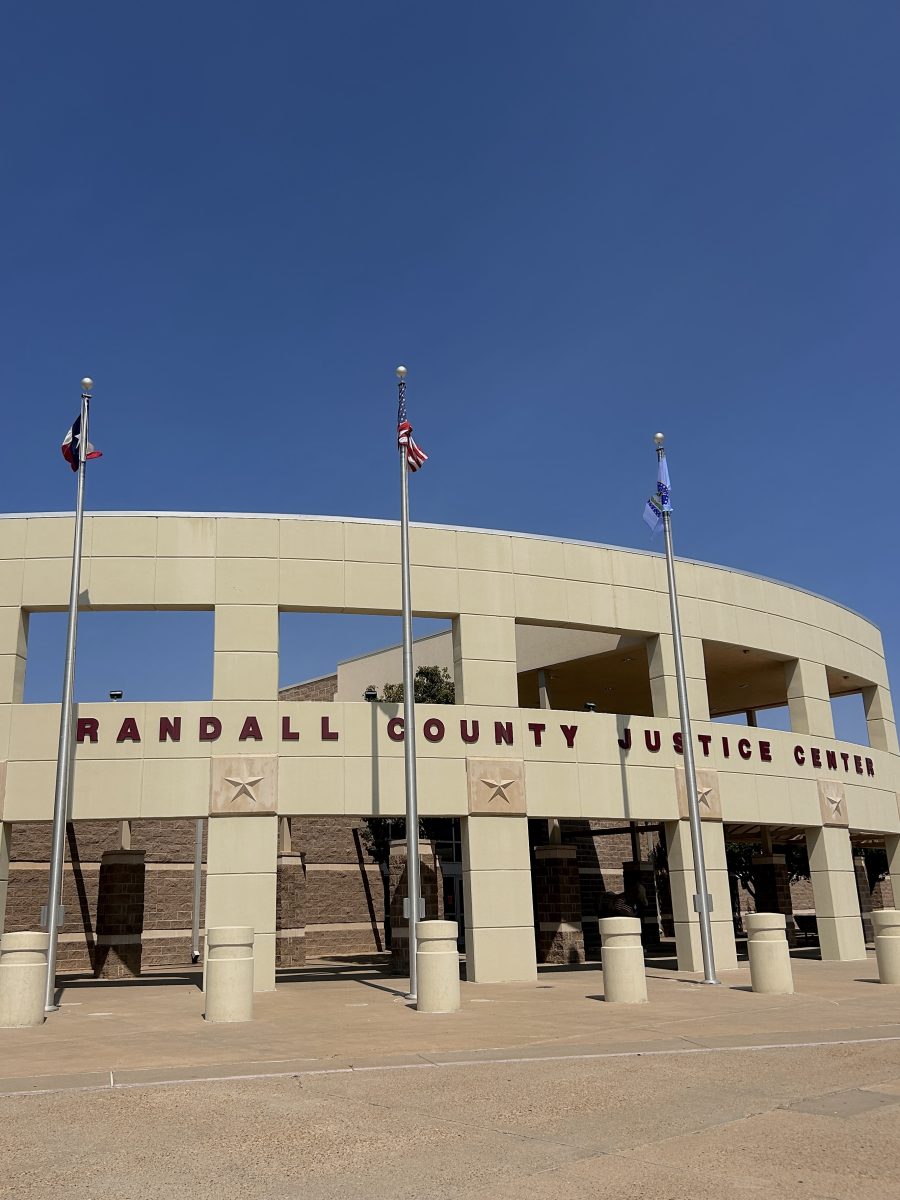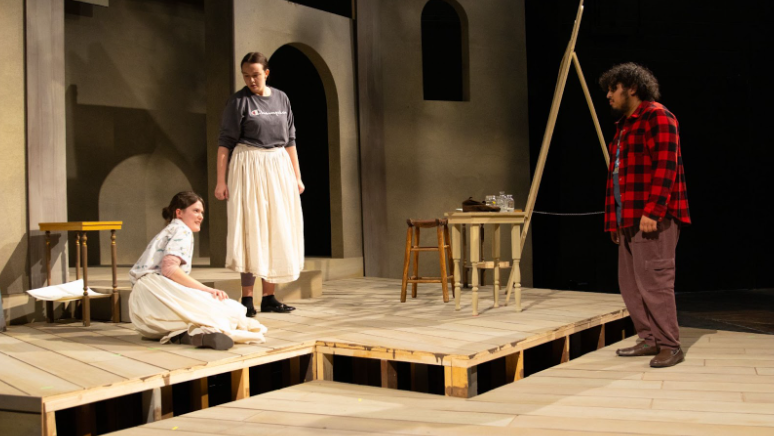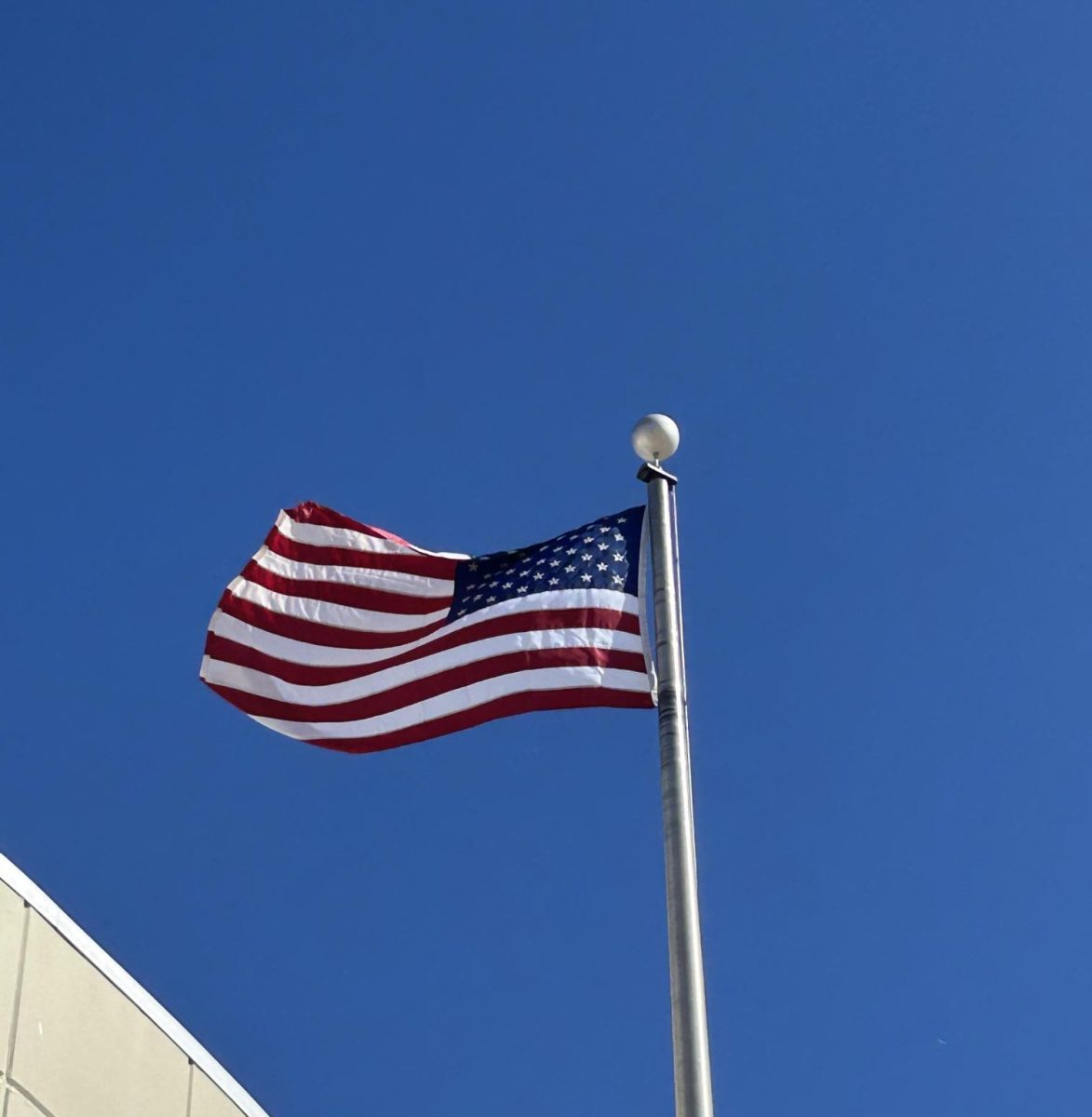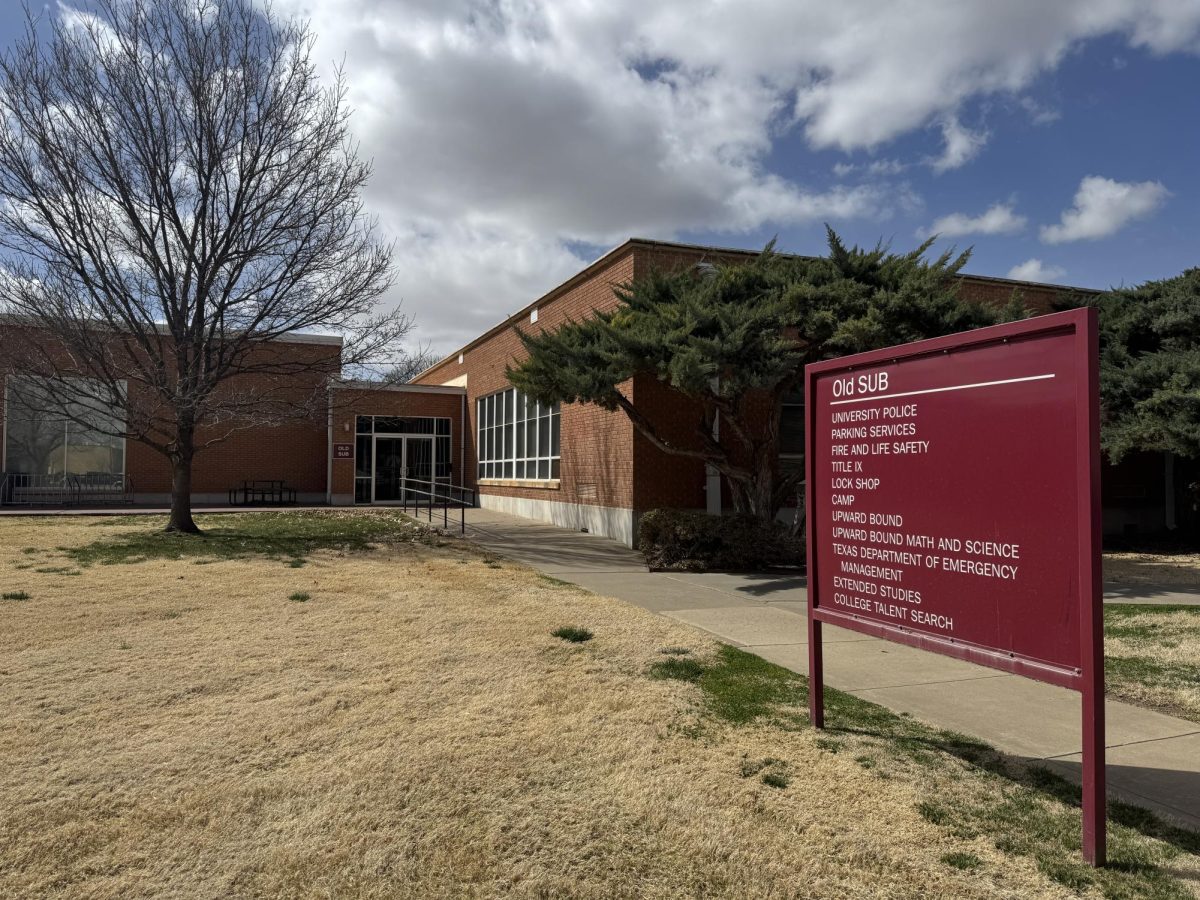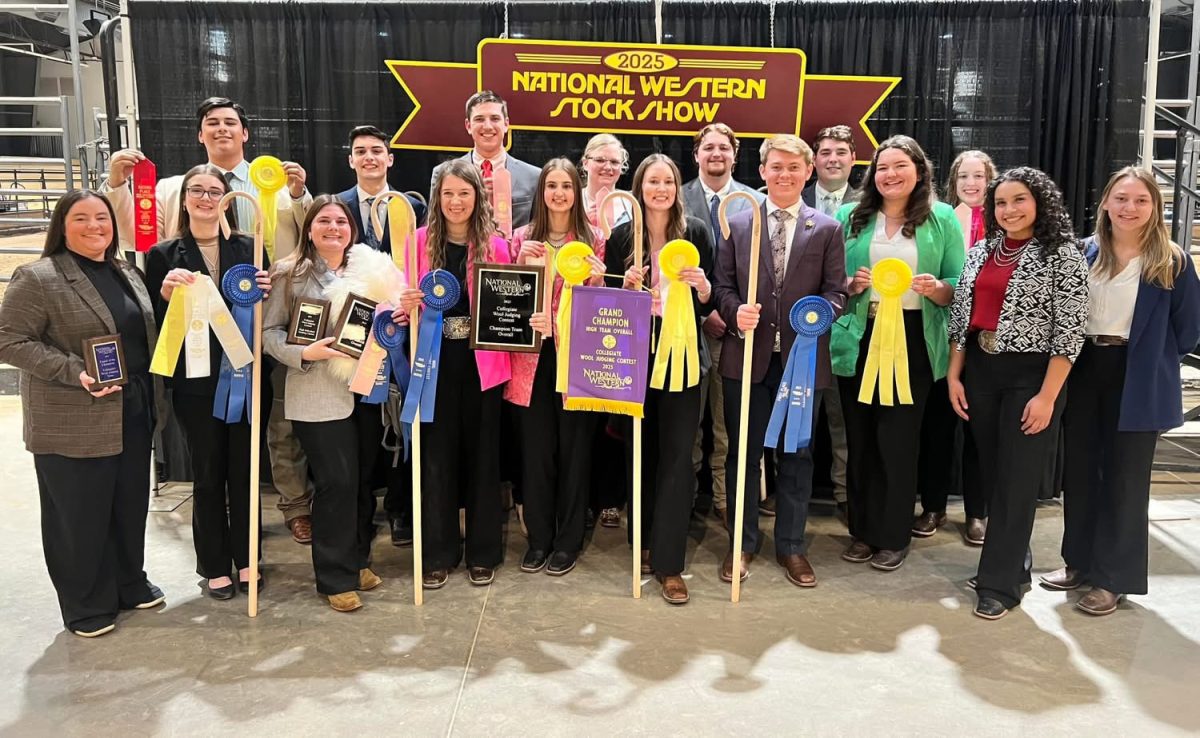
John Sharp, chancellor of the Texas A&M University System, has announced that the A&M System has agreed to a nonbinding letter of intent with SSC Service Solutions to manage building maintenance, landscaping services and custodial services at 16 A&M System campuses, including WTAMU.
The term of the agreement would be for twelve years and the A&M System is expecting to save around $92.3 million over that span. Officials from SSC will be meeting with officials from WT in March to determine how SSC will be able to save money at the university.
Vice President for Business and Finance Gary Barnes said the $92.3 million figure came from the 11 percent savings that College Station received from outsourcing, and that 11 percent has been projected to all other universities in the A&M System.
“I don’t think we’ll know that [for certain] until we visit with the outsourcing company and see what their plan is,” Barnes said. “We’re going to sit down with them and talk about our level of services that our campus provides to our students, faculty and staff. At that point in time, we will start negotiating and see if they can save us money.”
Barnes said nothing is set in stone and the letter of intent is just formally opening the door for conversation and discussion to get the details down before agreeing on a contract with SSC.
“Certainly there is a concern [about job loss],” Barnes said. “The way the contract has been structured at College Station, which would be extended to all the rest of [A&M System universities] is that those employees currently employed would be hired automatically by the outsource company if we do outsource.”
Officer Harvey Hudspeth, director of Human Resources Title IX, said employees’ contributions to Teacher Retirement System of Texas will end at the time their positions are outsourced to SSC, but everything they built up and everything that applied during employment at WT will remain.
“They will have a choice whether they want to leave that money in there,” Hudspeth said. “Even those that may not be eligible to retire right now, if they leave their account active with TRS, at some point they will eventually become eligible [to retire and receive TRS]. Or they can choose to take that money out, be subject to taxes which are pretty hefty, or they can roll it out from this plan into another [qualified SSC plan].”
Hudspeth said any compensatory or vacation time employees have accrued while employed at WT will be paid out and they will receive a five percent pay raise as employees of SSC to offset changes in benefits. Employees will also be able to participate in SSC’s retirement plan on top of what they have already accrued in TRS while employed at WT.
“SSC’s retirement plan is optional,” Hudspeth said. “And if they choose to participate in what they offer in a 401K, they can then have their five percent [salary increase]. More or less, if they choose, go into their retirement account at SSC.”
Hudspeth said there is a moral obligation to help educate employees on their options.
“Everybody’s anxious and they’re trying to get information and we understand that, but we don’t want anyone to make a decision that they’re going to regret,” Hudspeth said. “Once we know more we will be able to answer more, but going forward we will stop what we are doing to answer anyone’s questions who could potentially be effected by this.”
Associate Vice President for Physical Facilities at WT, Danny Smith, said SSC has a challenge ahead of them to show that they can better save money than what is already in place at WT.
“They have to show an 11 percent savings,” Smith said. “That’s what the chancellor has said. We don’t think they can do that. Our maintenance is about $2 a square foot compared to Tarleton, which is a very similar school to us, who is at $3.79 a foot.”
Smith said WT is going to do what the chancellor wants them to. WT wants to make sure they are getting their savings.







